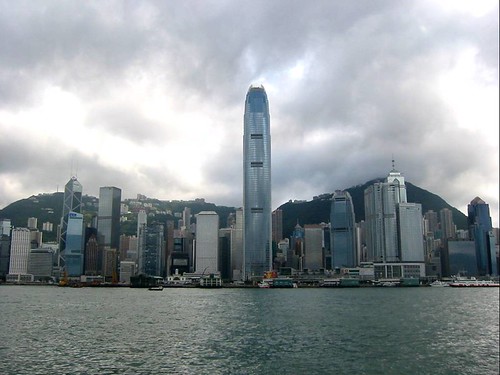Some city state residents blame influx of foreigners
Reuters Mar 30, 2011
Wendy Cheng has been trying to buy a home for over two years but without success.
Cheng and her American teacher husband cannot afford property on the open market where a government-built apartment can fetch as much as S$700,000 (HK$4.3 million), and they have been unsuccessful in balloting for flats available from the state at a lower price.
At her last attempt to buy an apartment directly from Singapore’s Housing Development Board (HDB), she was given a queue number of 1,983 for the 200 flats offered, which meant she could get one only if 1,783 of the people before her dropped out.
“It’s like trying to win the lottery,” she said of her efforts to buy her own place, a predicament shared by an increasing number of young Singaporeans who feel they can no longer afford homes, unlike their parents’ generation.
With general elections likely to be called soon, soaring property prices in Singapore pose not just an economic risk but a political issue that could erode support for Prime Minister Lee Hsien Loong’s ruling People’s Action Party.
Singapore private home prices rose 17.6 per cent last year despite government attempts to cool the market in February and August. Resale prices of HDB apartments that house more than 80 per cent of the population gained 14 per cent.
The city state’s median household income rose a much smaller 3.1 per cent, or 0.3 per cent after adjusting for inflation, to S$5,000 a month last year. Singapore, Asia’s second-largest financial centre after Hong Kong, has one of the world’s highest rate of home ownership at 87 per cent, thanks to a home-building programme to provide cheap housing for its citizens that began in the late 1960s.
But the HDB is building fewer flats and charging more for them. Prices of both resale HDB apartments and private property have also soared due to an influx of foreigners in recent years.
“The high property prices, especially for private homes, is a festering source of disappointment, unhappiness and perhaps anger among voters,” said Eugene Tan, a law lecturer at Singapore Management University. “Parents are also concerned with how their children are going to afford comparable homes in the future. The angst and anxieties are made worse by the view that foreigners are pushing up property prices.”
Foreigners now make up 36 per cent of Singapore’s population of 5.1 million, up from around 20 per cent of 4 million people a decade earlier, after the government made it easier for foreigners to work in the country.
Besides the large foreign influx, many Singaporeans also blame higher property prices on the sharp drop in HDB construction after the government agency moved to a build-to-order policy several years ago.
Singapore’s lively internet community, more critical of the government than the city state’s newspapers, note the sharp rise in immigration coincided with a drop in new dwelling homes built by the HDB.
According to HDB data, the government agency completed an average of 3,600 apartments a year between 2006 and 2008 compared with more than 11,000 flats per annum in 2001 to 2005.
“Our pay hasn’t doubled but the prices of flats have more than doubled, even for new HDB flats,” said Cheng is a 32- year-old former teacher who switched to part-time work after she had a baby last year. Her family is living with her parents.
Kelvin Tay, chief investment strategist for Singapore at UBS’ private bank, said property prices were supported by low interest rates and the market could correct sharply if borrowing costs rose to more normal levels of around 3.5 per cent.
The city state’s banks at present pay less than 0.2 per cent annual interest on deposits, while homebuyers can get housing loans for as little as 0.8 per cent per annum for the first year and about 1.5 per cent thereafter. Inflation, meanwhile, is running at 5 per cent.
The low mortgage rates have made prices affordable.
For example, after paying a minimum downpayment of 20 per cent for a S$1 million apartment in the suburbs, the going price for many newly launched flats, a person can borrow S$800,000 over 30 years and pay around S$2,500 a month, assuming a housing loan rate of 1 per cent per annum.
The monthly payments soar to around S$3,600 a month if the rate rises to 3.5 per cent per annum, according to an interest rate table provided by propertyguru.com.sg, a popular internet housing site.
The government is aware Singaporeans are concerned about high home prices, and has stepped up construction of HDB apartments and increased subsidies for first-time homebuyers in the lower-income groups.
It also introduced tough new measures on January 13 that included tougher borrowing limits and a hefty stamp duty of 16 per cent of the selling price for those who buy and sell within 12 months, aiming to clamp down on speculators. New private homes sales remained high at 1,101 flats in February compared with 1,209 in January.






